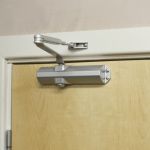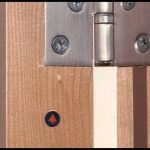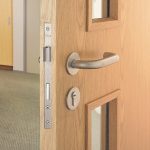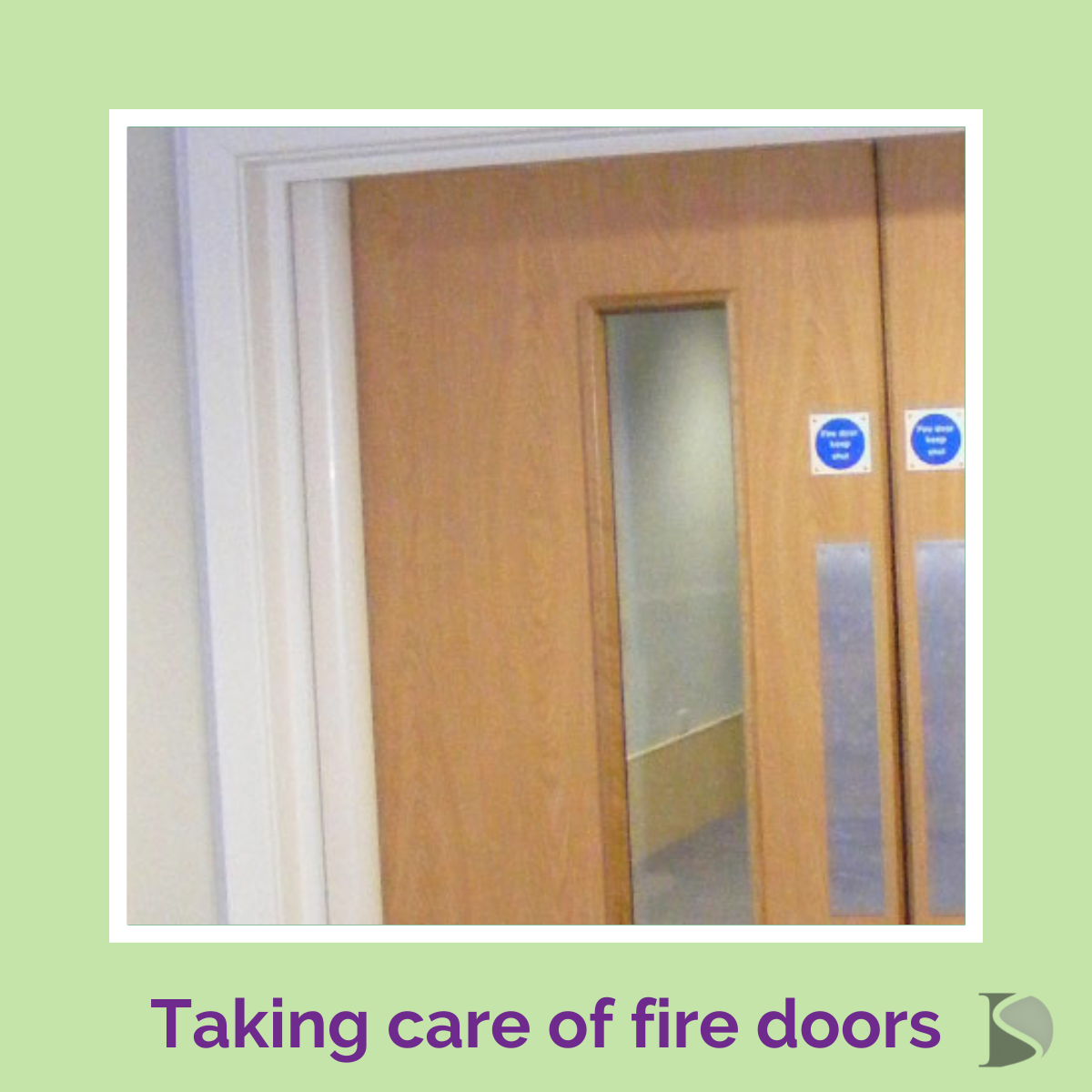Fire doors are a vital bit of safety kit in our buildings, but many of us don’t pay them much attention. They are just there, get walked through every day, get bashed about a bit, propped open when they shouldn’t be and generally get neglected. Fire doors should be looked after – they may be our last line of defence against smoke, heat and fire in a burning building. We need to show them a bit of love, so what do you need to know when taking care of fire doors?
What do fire doors do?
It is a legal requirement for all non-domestic properties (eg businesses, commercial premises and public buildings) to have fire doors, but do you know why?
The Regulatory Reform (Fire Safety) Order 2005 places a duty on those responsible for premises to manage fire safety precautions. The responsible person will need to make sure that a fire risk assessment is in place and suitable controls measures put in place. Fire doors form part of that overall protection.
Fire doors are a passive safety measure, they protect you just by being there! But to get the level of protection intended we need to make sure they are used properly, and that we take care of them.
They key function of a fire door is to:
- slow down the spread of fire within a building
- slow down the spread of smoke, heat and fire onto escape routes
- protect particularly vulnerable areas of the building, eg server rooms or storage rooms containing combustible materials
- create compartments within the building, and provide a minimum of 30 minutes resistance to fire in a compartmentalised area
What are common faults with fire doors?
Fire doors need to form a barrier between different areas of a building. To do that, they need to be of sound construction, form a good seal in the frame and be used in an appropriate manner – ie not propped open (often with a fire extinguisher!).
Common faults to look out for on fire doors are:
- If seals are fitted (often not found on older fire doors) they can be damaged, installed incorrectly or not filling the gaps.
- no mandatory signage identifying the fire door
- excessive gaps between the door and the frame
- unsuitable or damaged hinges
- damage to the door itself
What do I need to do to take care of fire doors?
Your fire risk assessment will determine what controls you need to put in place to manage fire protection in your premises. One of those controls should be to regularly inspect your fire doors. This will allow you to spot any defects quickly and get them rectified so that you can rely on the protection in the event of a fire.
When deciding how often to check the fire doors, you need to pay particular attention to those doors on high traffic routes and those most likely to suffer damage. You can carry out regular checks yourself (on a weekly or monthly basis, for example) but you must periodically have the fire doors inspection by a trained and competent person. Again, your fire risk assessment will guide you on the frequency of a fire door inspection, but I suggest it is done at least annually, or more frequently if needed.
What do I need to look at when checking fire doors?

- Check the gaps around the top and sides of the door are less than 4mm when closed.

2. Check the door has a working door closure system, and closes correctly

3. Check that intumescent seals (if fitted) are intact with no sign of damage

4. Check the door has 3 hinges, and they are in a good state of repair.

5. Check any vision panels are free from damage.

6. Check the door furniture allows the door to close firmly into the frame.

7. Check the door has correctly fitted mandatory signage.
Remember – your fire doors will only protect you if you show them a little love!!
If you need any further help in taking care of your fire doors or managing fire safety in your premises, then please get in touch.
This article was published as part of Fire Door Safety Week 2021

